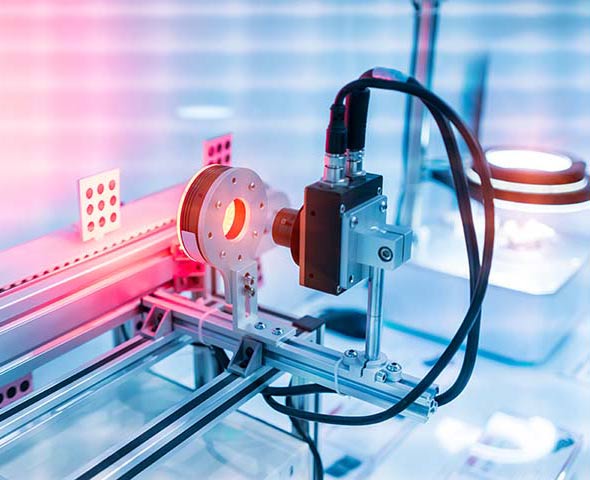- Home >
- The Birth of Machine Vision
The Machine Vision Story: Part 1
The Birth of Machine Vision
The Machine Vision Story, Part 1:
|
Machine Vision is one of the big technological successes of the twentieth century. Since the 1980s, machine vision has evolved from initial, experimental systems into a billion dollar industry powered by continual technical innovation. The first industries to successfully implement machine vision systems were automotive, electronics, pharmaceutical and packaging sectors, but vision techniques soon spread to many new applications and over the last forty years, Machine Vision has secured its place as a vital technology with an assured future.
The Birth of Machine Vision is the first of four white papers on the past, present and future of machine vision that were created to celebrate 20 years of Gardasoft Vision.
|

|
The origins of machine vision
The automotive industry was one of the earliest adopters of machine vision technology. During the late 1970s General Motors used vision to check that components were properly assembled long before a complete vision system could be purchased. These early systems were made up of an illumination device, a camera and a lens with some kind of digital image analysis. However, at that time, the individual components had to be sourced from many other applications.
Since that time, increasing microprocessor power, memory and image sensor performance made a massive contribution to the capabilities of machine vision systems. The development of LED lighting was a breakthrough that allowed lighting with much higher power and wider wavelengths.
New camera technology yielded smaller cameras with much improved resolution and frame or line rates. The faster frame and line rates meant machine vision could be used in higher-speed inspections, as well as making possible multi-light inspections, where successive frames or lines can be captured from different light sources. Improvements in processor technology enabled huge rises in processing speeds at reduced cost. This was accompanied by the development of highly sophisticated image-processing software which provided a versatile array of measurement tools.
Learn more about The Birth of Machine Vision from the free Gardasoft white paper.
White Paper: The Birth of Machine Vision
Other articles in this series
Part 1: The Birth of Machine Vision
Part 2: Automated Inspection Comes of Age
Part 3: The Future of Machine Vision
Part 4: Industry 4.0 and Global Connectivity (available August 2020)

